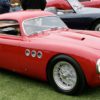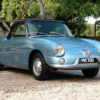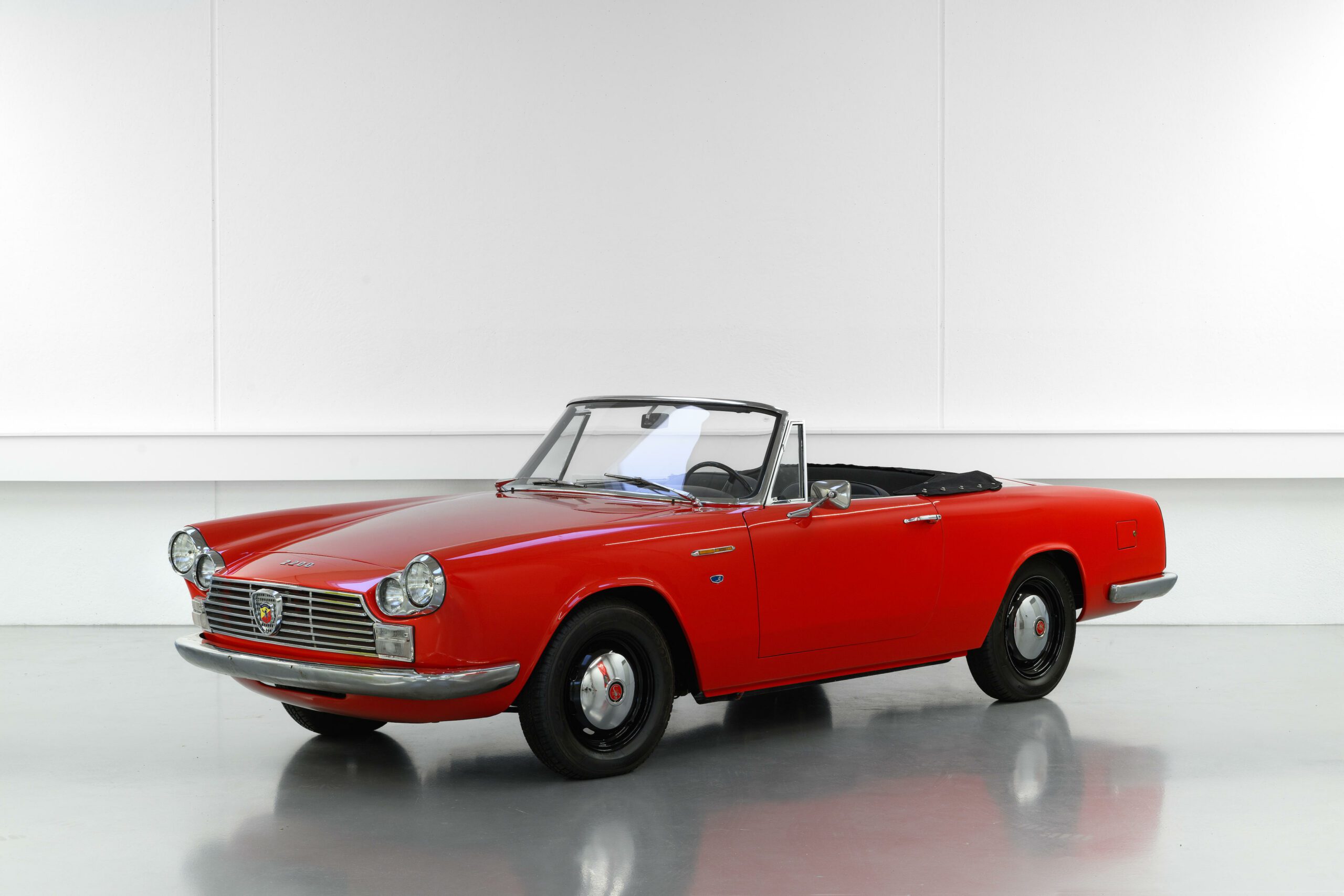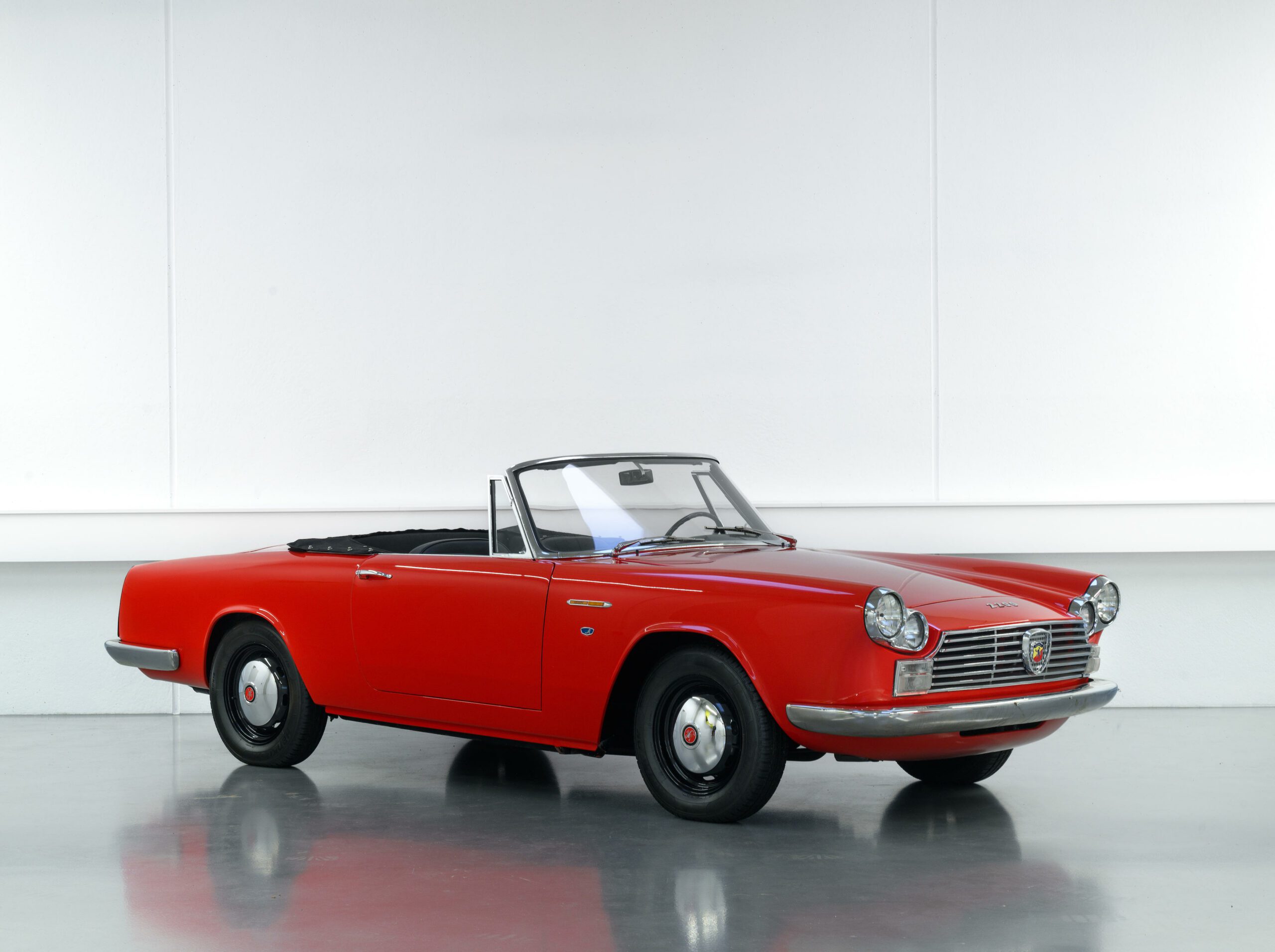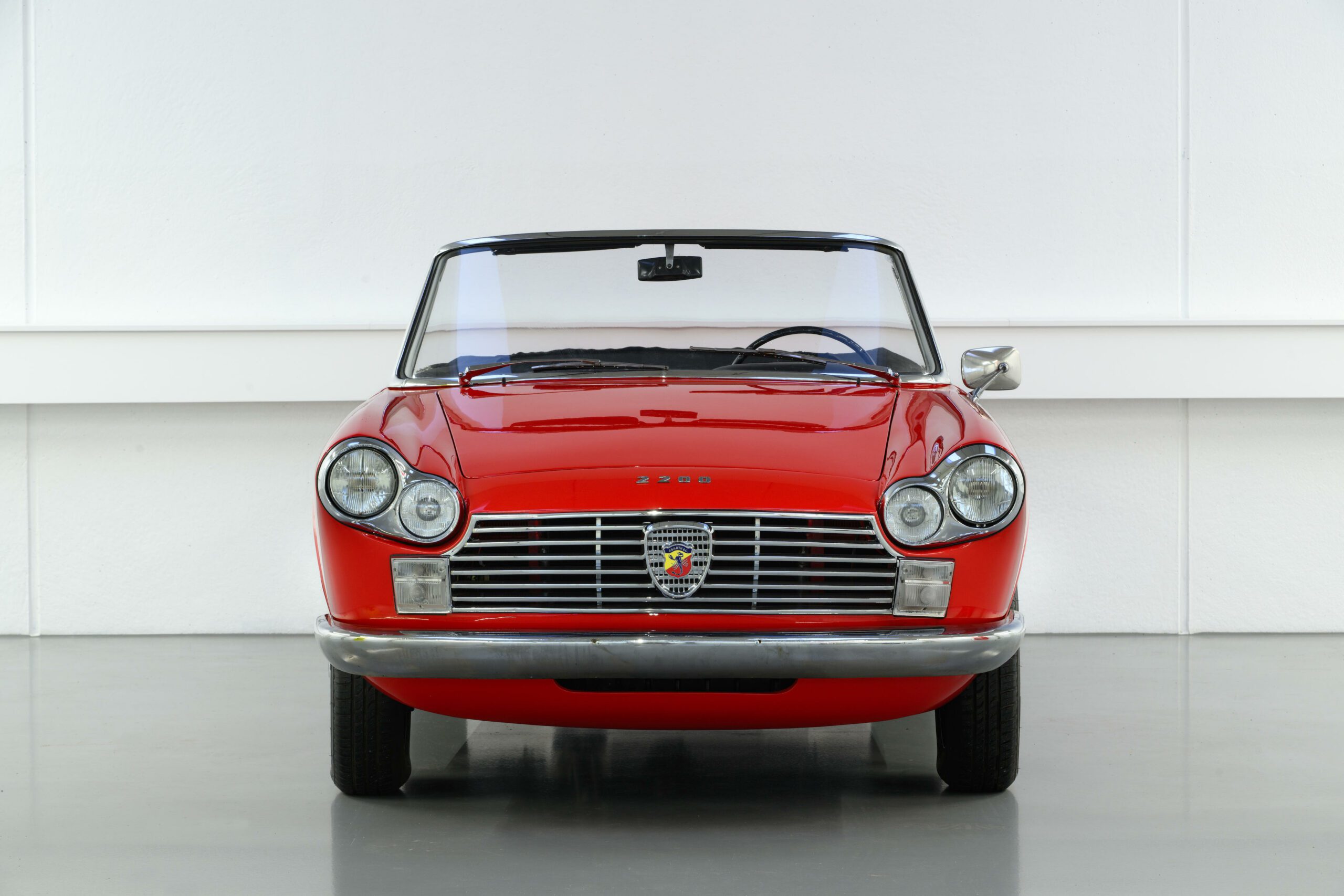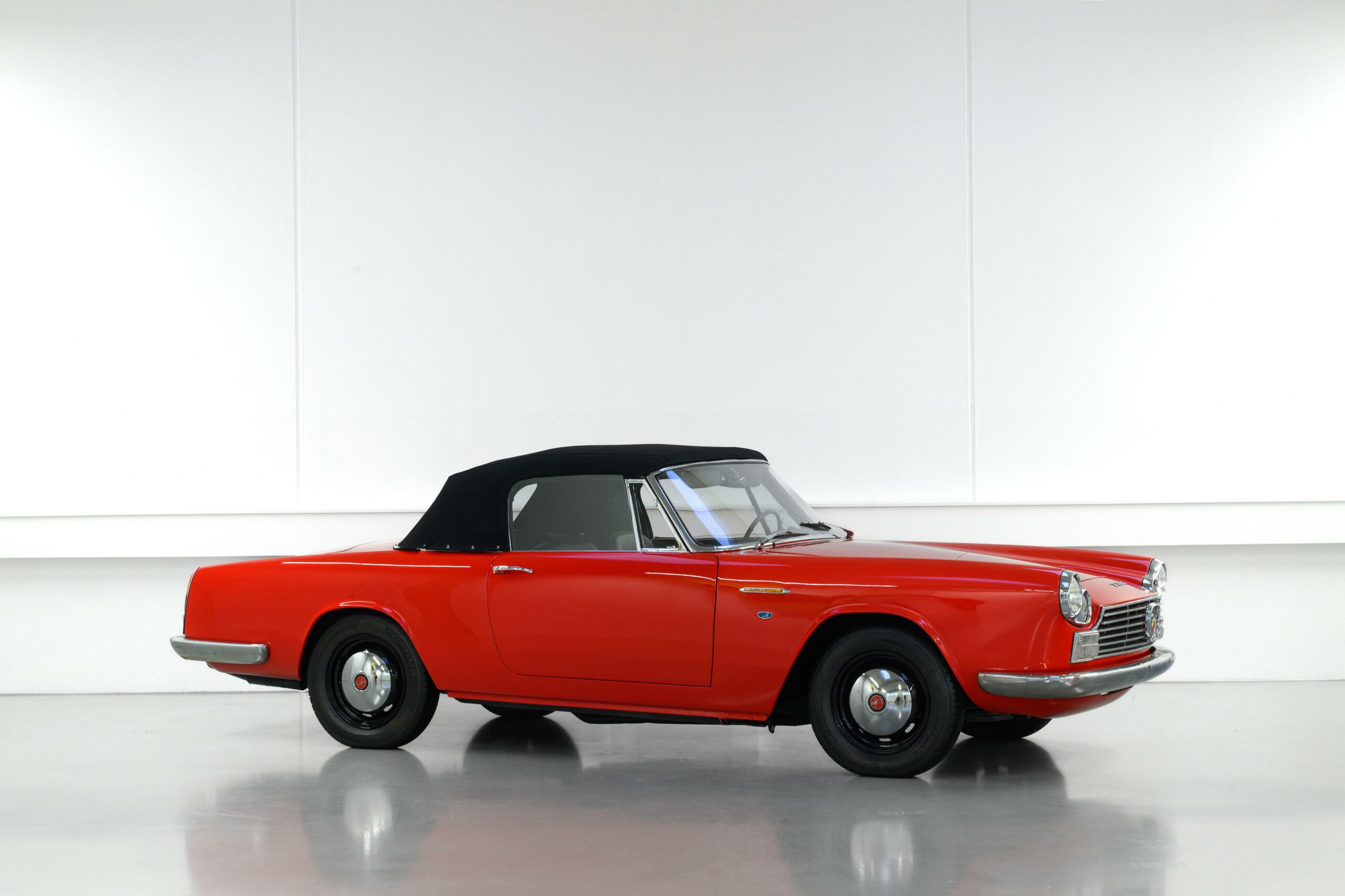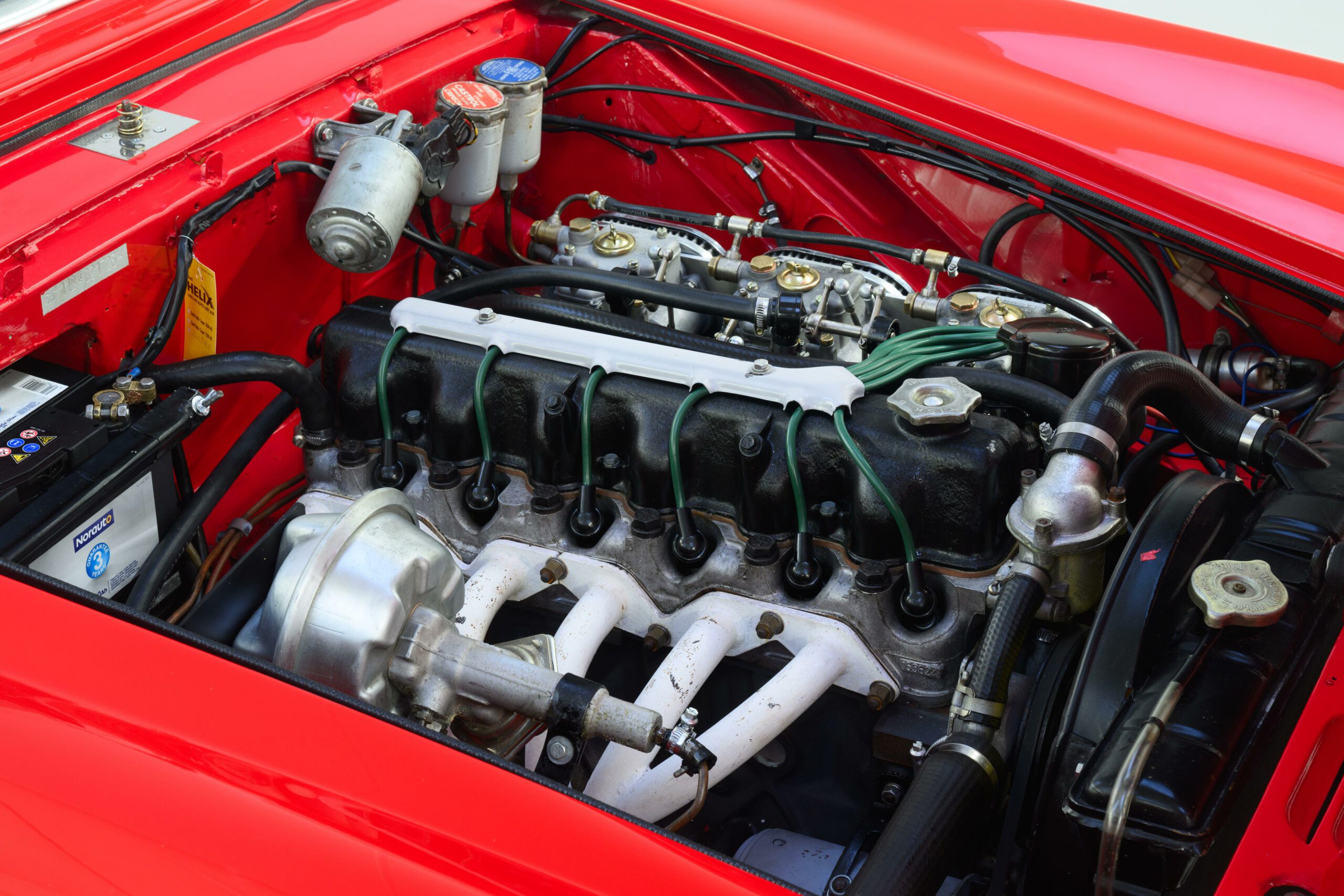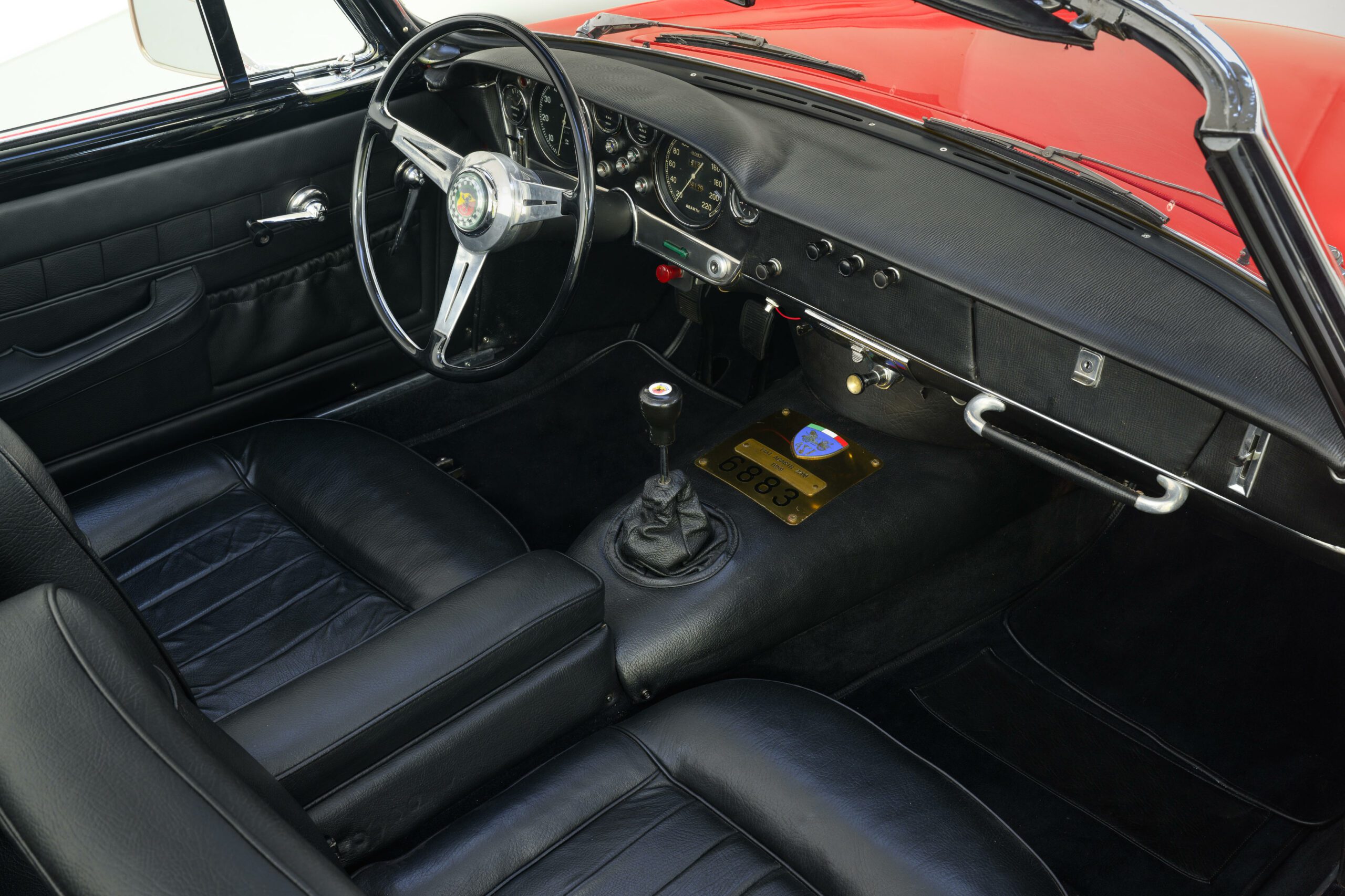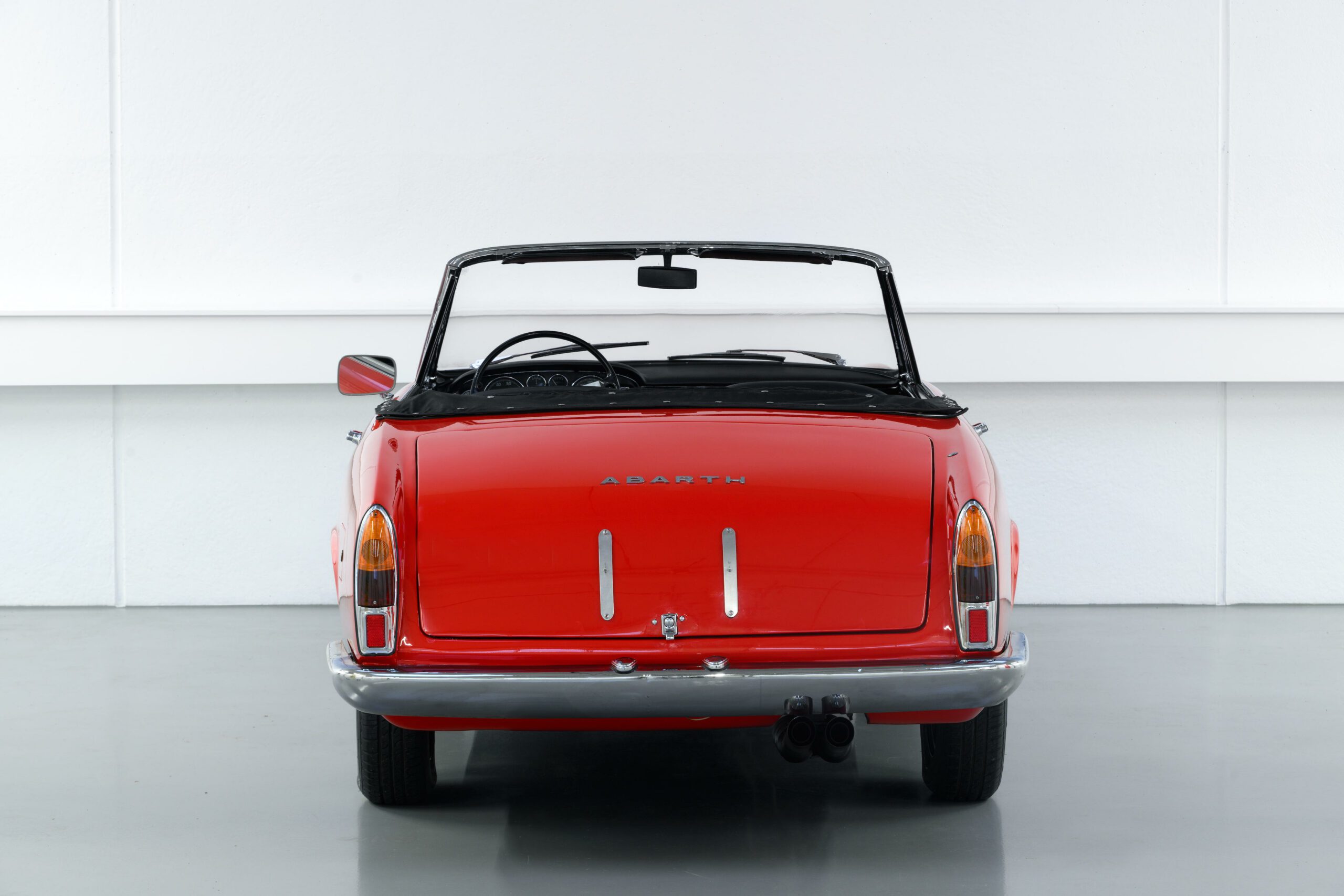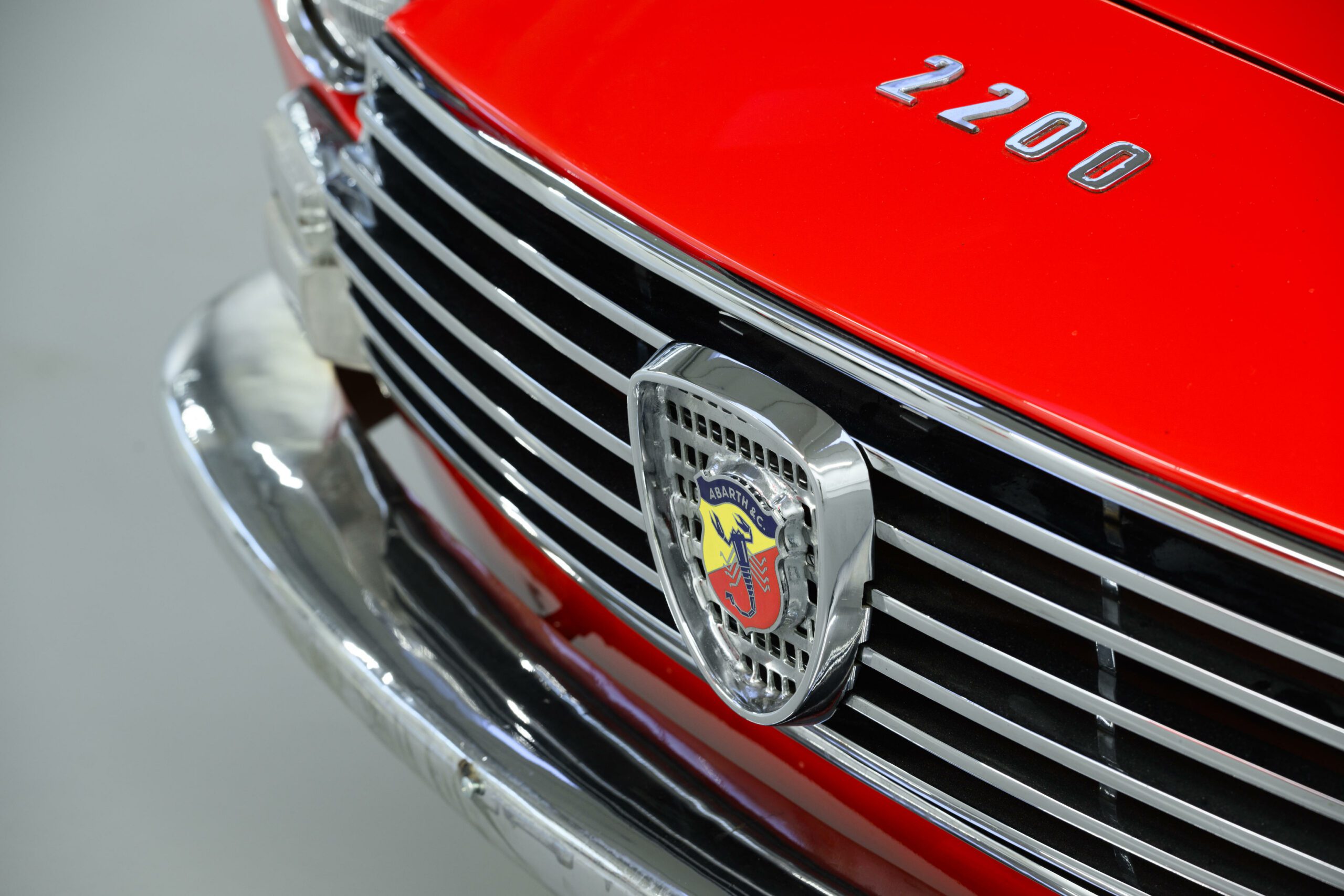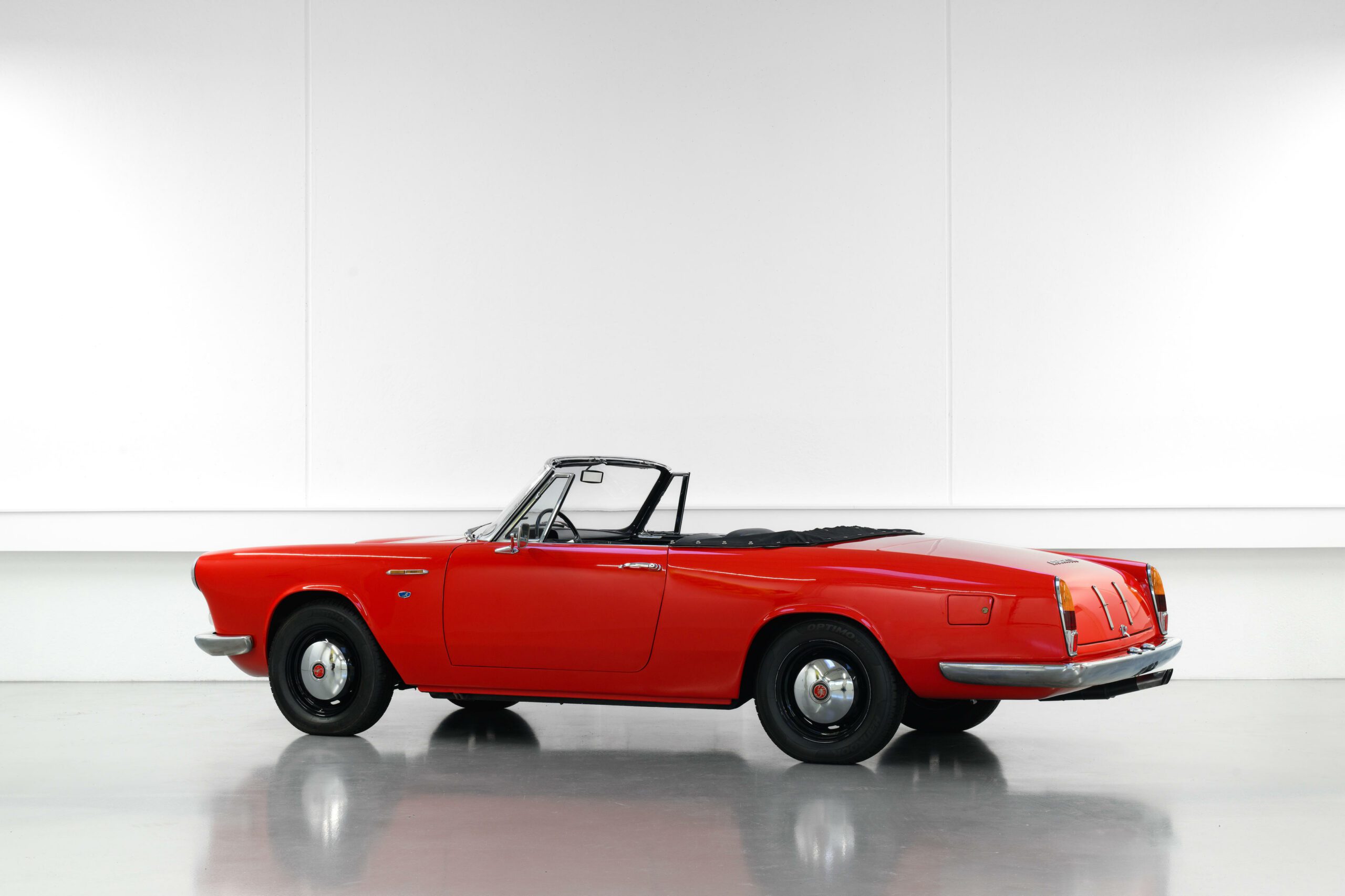With an unrivaled sporting heritage, Abarth initially focused on manufacturing induction and exhaust systems before expanding its scope to offer performance kits, primarily for FIAT production cars. Subsequently, the company diversified its portfolio by crafting aerodynamically striking sports prototypes and limited-series production vehicles, often in collaboration with Carrozzeria Zagato.
Carrozzeria Allemano, a close collaborator of Carlo Abarth, played a pivotal role in this journey. Established in Turin in 1928 by Serafino Allemano, the firm initially specialized in car repairs before transitioning exclusively to design work in the mid-1930s. Mario Allemano, Serafino’s nephew, joined the company after World War II. By 1950, Carrozzeria Allemano had gained renown for championing modern, forward-looking styling themes reminiscent of the ‘Jet Age.’
Abarth’s partnership with styling firms like Allemano resulted in the development of the six-cylinder 2200 and 2400 models, both based on FIAT chassis. Launched in the late 1950s, the 2200 garnered positive acclaim, prompting FIAT to introduce its 2300 Coupé, bodied by Carrozzeria Ghia. While Abarth contributed to the mechanical development of FIAT’s 2300, it continued producing its own 2200 and 2400 models in limited quantities.
Despite similar power outputs of around 135bhp, the Abarth models outperformed the FIAT counterparts. The Abarth’s aluminum coachwork, in contrast to Ghia’s steel bodies for FIAT, resulted in a significantly lighter vehicle and superior performance.
A notable achievement was recorded in a 1959 article in the esteemed Italian motoring magazine Quattroruote, reporting a top speed of 187km/h (116mph). However, the FIAT 2300 undercut the Abarth in price, leading to limited production of the 2200/2400, with only a few dozen units built before production ceased in the early 1960s.
Source: Bonhams



